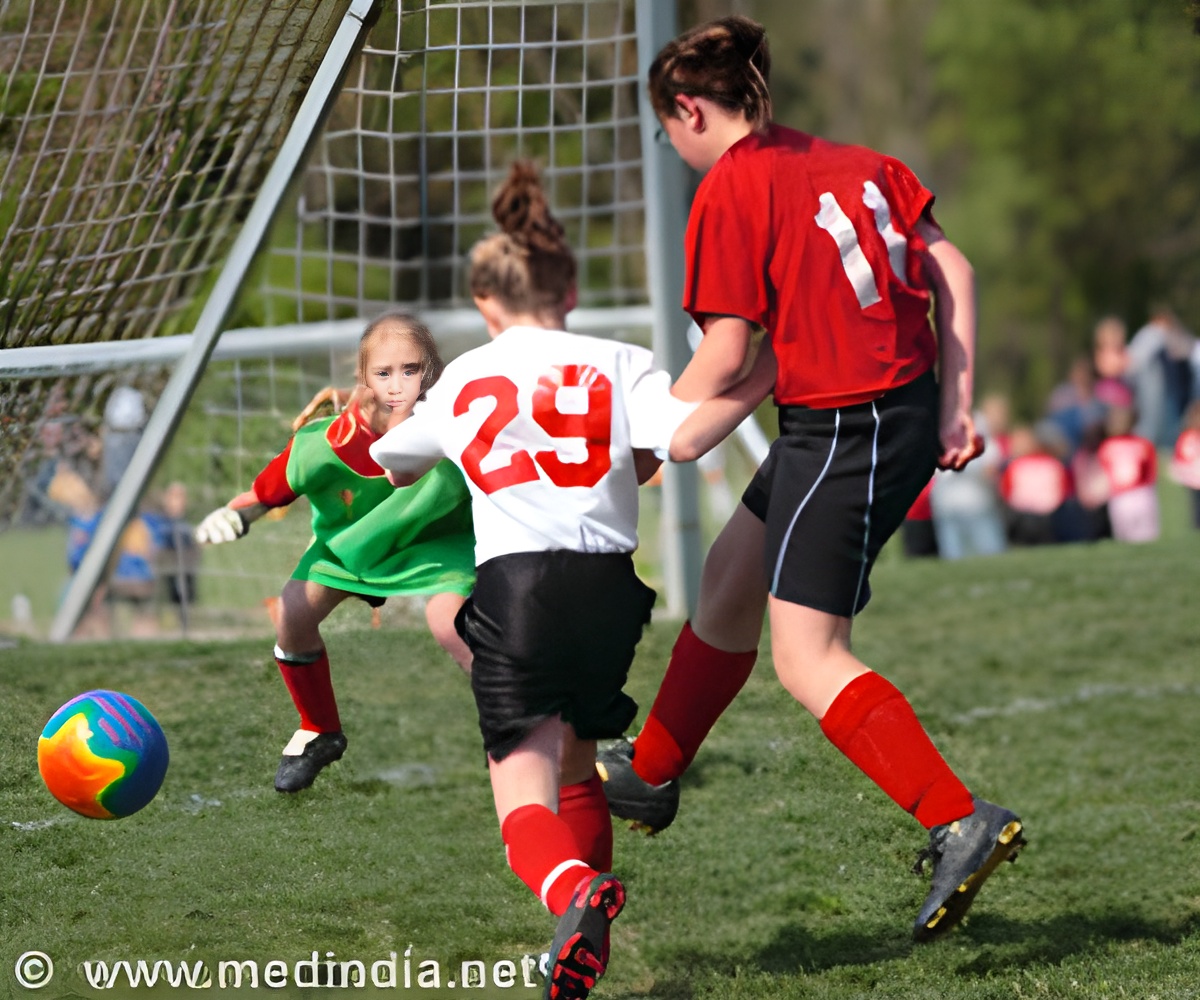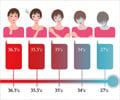Football has one of the highest rates of all-cause injury, including concussion, of all major sports such as rugby and hockey.

‘NFL players have a two-fold greater risk of concussions and 1.5 times higher risk for ankle injuries when games are played at colder temperatures.
’





The higher rates occurred during games played in 10 degrees Celsius or colder when compared with games played in temperatures of 21 degrees Celsius or warmer.Researchers also found an increased rate of shoulder injuries when games were played on natural grass compared to synthetic turf - about 1.36 times higher.
The study, published today in the Orthopedic Journal of Sports Medicine, examined risk factors associated with the five most common NFL injuries during two regular seasons between 2012 and 2014.
"There has been a lot of discussion recently about the significant risk of injury in the NFL and general player safety, particularly regarding concussions," said Dr. David Lawrence, lead author of the study and a clinical fellow at St. Michael’s Hospital.
"The first step in improving player safety and lowering that risk is to identify the factors affecting injury rates. Once we can answer those questions, we can begin to modify player exposure," he added.
Advertisement
"Early evidence suggests that musculoskeletal and repeated concussive injuries associated with football can cause long-term complications such as osteoarthritis and neurophysiological conditions," said Dr. Lawrence. "It’s important that we better understand these factors and prevent as many injuries as possible."
Advertisement
"There is limited research looking at the external risk factors for injuries in the NFL. Given this is one of the first studies to look at these variables, we can only speculate at this time on the underlying causes for the associations we observed with specific injuries on game-days," said Dr. Lawrence.
For example, Dr. Lawrence suggested players could mistake symptoms of a concussion during warmer temperatures for heat-related illness. Equipment and materials in the playing environment have lower elasticity at colder temperatures and may increase the impact force. There could also be higher reporting of injuries during colder games because players interact more closely with athletic staff in lower temperatures.
"Our findings contribute to the growing body of evidence surrounding this topic, but further research is needed. Applying this information may help inform future injury prevention strategies in the NFL, or other professional sports, and highlight the effects of these seemingly small external factors," said Dr. Lawrence.
Source-Eurekalert















